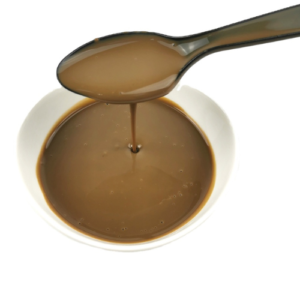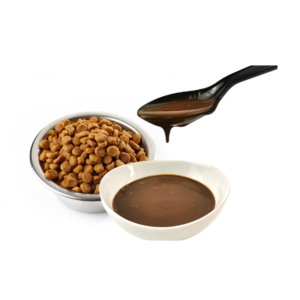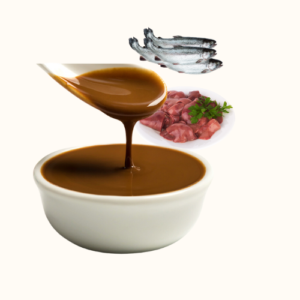Dry Pet Food Flavor Enhancers
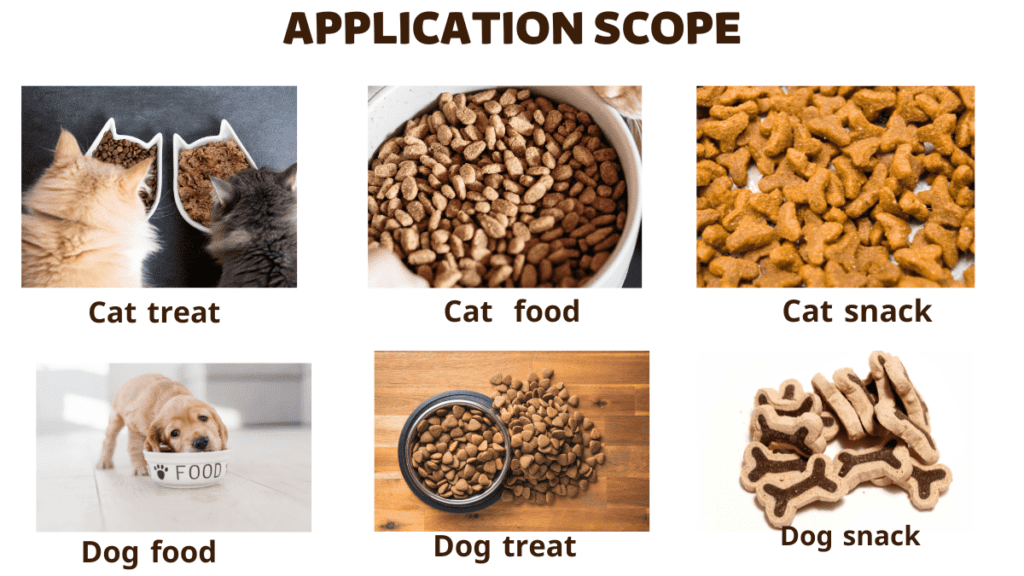

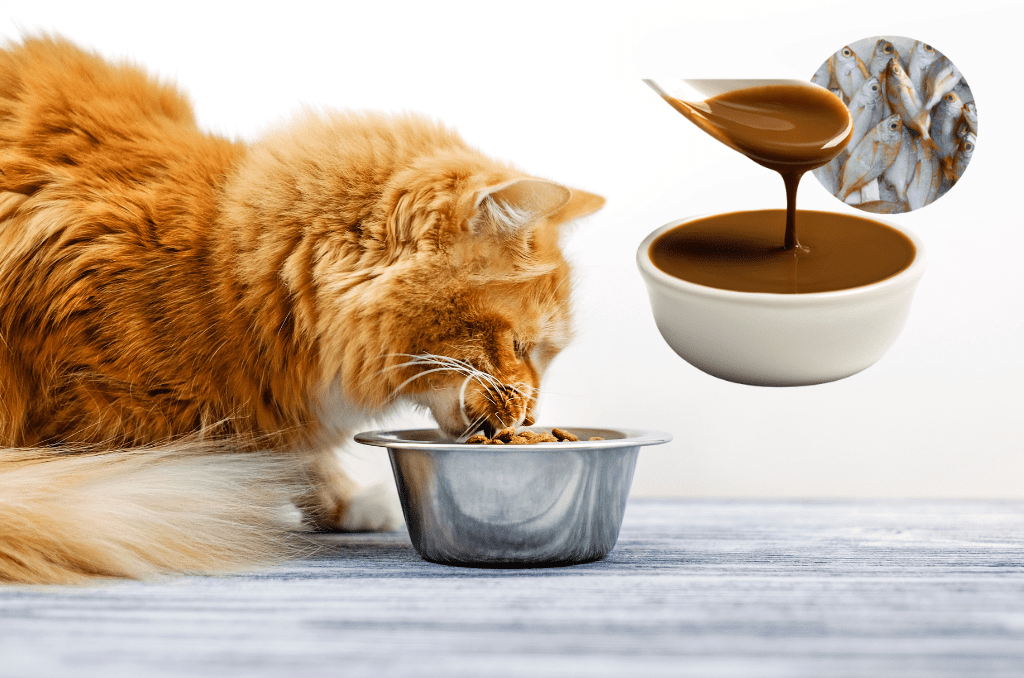

What are flavor enhancers?
Some ingredients commonly used in dry pet food include grains (such as corn, wheat, and rice), meat and poultry meal, animal fat, and preservatives. Dry pet food can be formulated for different life stages, breeds, and dietary needs, and can be purchased at pet stores or online.
Flavor enhancers are added to dry pet food to improve its taste and palatability. Dry pet food can often have a bland or unappealing taste, particularly if made from low-quality ingredients. Flavor enhancers can mask the taste of these ingredients and make the food more appealing to pets.
Flavor enhancers can also create a specific taste or aroma in dry pet food. For example, chicken or beef flavor enhancers can be added to dry pet food to make it taste like meat, even if the food does not contain any actual meat. This can appeal to pets and help make the food more palatable.
Overall, flavor enhancers are added to dry pet food to improve its taste and make it more appealing to pets. This can help ensure that pets are more likely to eat the food and receive the nutrients they need to stay healthy.
What’s the difference between natural and artificial pet food flavor enhancers?
The main difference between natural and artificial pet food flavor enhancers is their source. Natural flavor enhancers are derived from plants or animals, while artificial flavor enhancers are created in a laboratory. Natural flavor enhancers are considered more “natural” because they come from natural sources, while artificial flavor enhancers are typically made from chemicals. Some people prefer natural flavor enhancers for their pets because they are considered less processed and more natural, while others may not have a preference either way. It is important to read the ingredient labels on pet food products to determine whether they contain natural or artificial flavor enhancers.
Are flavor enhancers safe for pets?
Whether or not flavor enhancers are safe for pets in pet food depends on the type of flavor enhancer and the pet’s individual needs and sensitivities.
Natural flavor enhancers, such as animal digest or chicken broth, can be a good source of protein and other nutrients for pets. However, some natural flavor enhancers can contain high levels of salt, which can be harmful to pets if consumed in excess. It is important for pet owners to carefully read the ingredient labels on pet food and choose products with natural flavor enhancers that are low in salt.
Artificial flavor enhancers can harm pets, such as monosodium glutamate (MSG) and disodium inosinate. These chemicals can cause allergic reactions or digestive issues in some pets and should be avoided if possible.
Overall, it is important for pet owners to carefully consider the ingredients in pet food, including any flavor enhancers, to ensure that the food is safe and healthy for their pets. Pet owners should consult with a veterinarian if they have any concerns about their pet’s food ingredients.
What is pet food palatability?
Pet food palatability refers to the degree to which a pet finds the food appealing and enjoyable. Palatability is an important factor in pet food, as it can affect a pet’s willingness to eat the food and receive the nutrients, they need to stay healthy.
Various factors, including the smell, taste, texture, and appearance of the food influence palatability. Pet food manufacturers often use flavor enhancers, such as animal digest or chicken broth, to improve the palatability of their products and make them more appealing to pets.
A pet’s preferences and sensitivities can also influence pet food palatability. Some pets may be picky eaters and may only enjoy certain types of food, while others may have food allergies or dietary restrictions that limit their ability to eat certain foods.
What is the impact of using flavor enhancers in pet food?
Dry pet food flavor enhancers are added to dry pet food to improve its taste and palatability. These flavor enhancers can be natural or artificial and are often used to mask low-quality ingredients’ taste or make the food more appealing to pets.
An animal digest is one of the most common natural flavor enhancers used in dry pet food. Animal digest is a liquid or powder made from cooked animal tissue and used to add a meaty flavor to the food. Natural flavor enhancers include animal fat, chicken broth, and fish oils.
Artificial flavor enhancers are also commonly used in dry pet food. These include monosodium glutamate (MSG), disodium inosinate, and disodium guanylate. These chemicals enhance the flavor of the food but can also cause adverse reactions in some pets.
What is the negative impact of using flavor enhancers in pet food?
While flavor enhancers can improve the palatability of dry pet food, they can also negatively impact pets. Natural flavor enhancers can contain high levels of salt, which can harm pets if consumed excessively. Artificial flavor enhancers can also cause allergic reactions or digestive issues in some pets.
In general, it is important for pet owners to carefully read the ingredient labels on dry pet food and choose products that use natural flavor enhancers rather than artificial ones. This can help ensure that the food is palatable and safe for pets.









